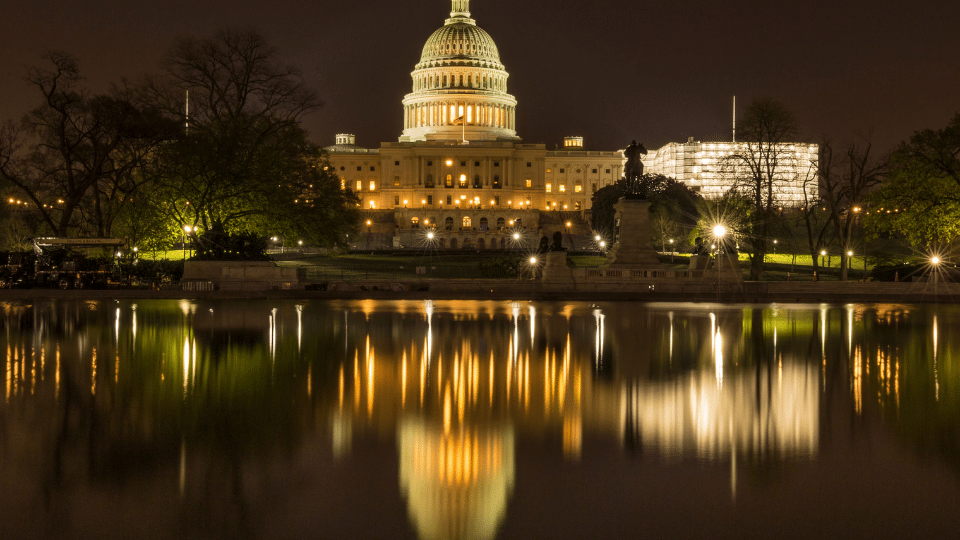
Since getting into the deal business in 2002, I have observed dealmaking activity in five presidential election cycles. This year’s will be my sixth. When advising tire dealers and other clients on timing their exits, my advice has always been that it’s generally preferable to exit in the years prior to a presidential election year than in the year in which an election will be held.
My thinking was that uncertainty in an election year likely has an impact on deal volume and perhaps values. I figured that it’s time for me to see if I was right. Turns out, I was. I ran across an analysis of the six presidential election years, 1996 through 2016. In every year, the value of total deals announced in the 12-month run-up to a presidential election was less than the next 12 months after an election. Now it turns out that it’s nothing to lose sleep over. It looks to me that the difference in the year prior and the year after is somewhere between 5% to 8%. Clearly M&A activity is lower, but how can we be sure that the slowdown is related to uncertainty?
Digging deeper, I found an academic study that examined the role that political uncertainty plays in U.S. business M&A activity. The authors used U.S. state gubernatorial elections as their stand-in for political uncertainty and discovered the number of transactions involving target companies in election year states decreases by 9.6% in the six-month run-up to the election. This decrease is particularly felt by smaller, private firms. In addition, the authors discovered that the number of deals made by acquirers based in election year states also decreased by 9%. The financially weak, less-profitable acquirers tended to move towards the sidelines more. Lastly, the authors found that “serial” or repeat acquirers tend to shift their timing of acquisitions to avoid political uncertainty.
Delving even further into this whole issue of uncertainty, I found plenty of studies that support the premise that uncertainty negatively impacts bank lending activity, interest rates charged, IPO activity, tax change expectations and even corporate responsibility programs. Despite all this, I’m predicting that 2024 will defy this trend toward lower deal activity in an election year for several reasons. First, we’re coming off the worst year since 2013 for M&A activity, overall. Total value of M&A in the U.S. was down by a quarter last year to $2.7 trillion. High interest rates, conflicts in Ukraine and the Middle East and stress in private equity portfolios has acquirers being more selective and willing to take a pass when valuation expectations seem high. We’re definitely seeing this among our smaller tire dealership clients. It dipped so low, however, that it’s going to bounce higher this year.
Second, recent economic reports show a brightened economic picture. The latest inflation report finds it being close to the Fed’s target rate of 2%, growth in the economy exceeded 3%, the Fed has signaled they will start reducing interest rates and consumer spending remains strong.
Third, private equity had $2.59 trillion in dry powder on the sidelines at the end of 2023, according to S&P. As interest rates decline, they’ll leverage this with the $1.3 trillion in the private credit space and put it to work. If the stock market stays high, this will allow room for valuations to move higher.
But my last point deals directly with the whole uncertainty theme of this column. I believe that the circumstance of this presidential election is different from every other one over the last 100 years, at least. We will have two well-known quantities running for president. If the incumbent wins the election, we pretty much know the policies that his administration will pursue. We’ve just had three years of history to draw the trend line regarding economic policy, social issues, foreign policy, environmental policy, etc. Everyone paying attention should know that they are in for more of the same. Unless something unexpected happens, the challenger looks likely to be former President Trump. As with the incumbent, both supporters and non-supporters have a pretty good idea as to what to expect should he be re-elected president. Just look back to 2016 through 2020.
So where’s the uncertainty? Where’s the surprise? Both of these politicians have shown us who they are, what they stand for and how they operate. We all know this and can make our plans for each scenario. Perhaps changes to Congress will have a greater impact on uncertainty, but I’m also betting Congress stays split and gridlocked. It’s easy to be a prognosticator if you’re never held accountable. I just made a note in my calendar on Jan. 31, 2025. I promise to follow up and report back on what really happened. In the meantime, I’m taking bets.
This article as previously published on Modern Tire Dealer.













